Australia’s largest annual photography event, Head On Photo Festival, is back for its 14th year, with over 700 photographers work displayed across Sydney from November 11 – December 3.
The festival is returning to the world-famous Bondi Beach, with the iconic location serving as a major outdoor exhibition venue. Paddington’s Reservoir Gardens will again serve as a major public gallery space, as well as the introduction of a new venue, The Muse at Ultimo TAFE NSW. The majority of the festival exhibitions can be seen at these three venues, however there are additional galleries and spaces around Sydney participating in Head On.
Head On is continuing its winning formula of showcasing a wide variety of high quality work from a diverse range of photographers. There is something for everyone, from hard-hitting photojournalism, war photography, documentary photography exploring social issues, to landscape and wildlife photography, portraiture and fashion, and fine art and contemporary photography.
This year’s Head On attracted a high number of exhibition entries, resulting in the event showing work by a record 702 emerging and professional photographers from Australia and across the world.
‘What’s unique about this festival – and unseen in any other gallery in Australia – is that we aren’t selecting the artists, rather the artwork based on its composition and merit alone,’ said Moshe Rosenzveig, Head On founder and artistic director. ‘At Head On the pieces are submitted blindly, so the selection panel doesn’t know who the photographer is. We don’t care where they went to school, or where they have exhibited before. We’re trying to eliminate that bias.
The blind selection process was first adopted for the Head On Portrait Prize, the photo competition launched in response to larger institutional prizes such as the defunct The Citigroup Private Bank Australian Photographic Portraiture Prize. The prize, held in conjunction with the Archibald Prize, has a tendency to favour big names in photography, as well as celebrity subjects.
‘This approach makes it very difficult for up and coming talent to break in. Right from the start, we decided we wouldn’t look at the names. With photographers from around the world, we find the festival’s themes usually reflect the issues that have dominated the globe in the last 12 months.
‘We have five exhibits on Ukraine, one centred around a bikie gang in Iraq, a body of work which documents the logging industry in Tasmania, the incredible Lonka project showing the faces of Holocaust survivors decades on from World War Two as well as pieces that focus on aging, motherhood and anorexia. Sometimes an exhibition shines light on a group of people most of us hardly ever think about.’
Here’s a snippet of exhibitions from the Featured Program:
A Quiet Road – John Tsiavis & Victoria Villasana
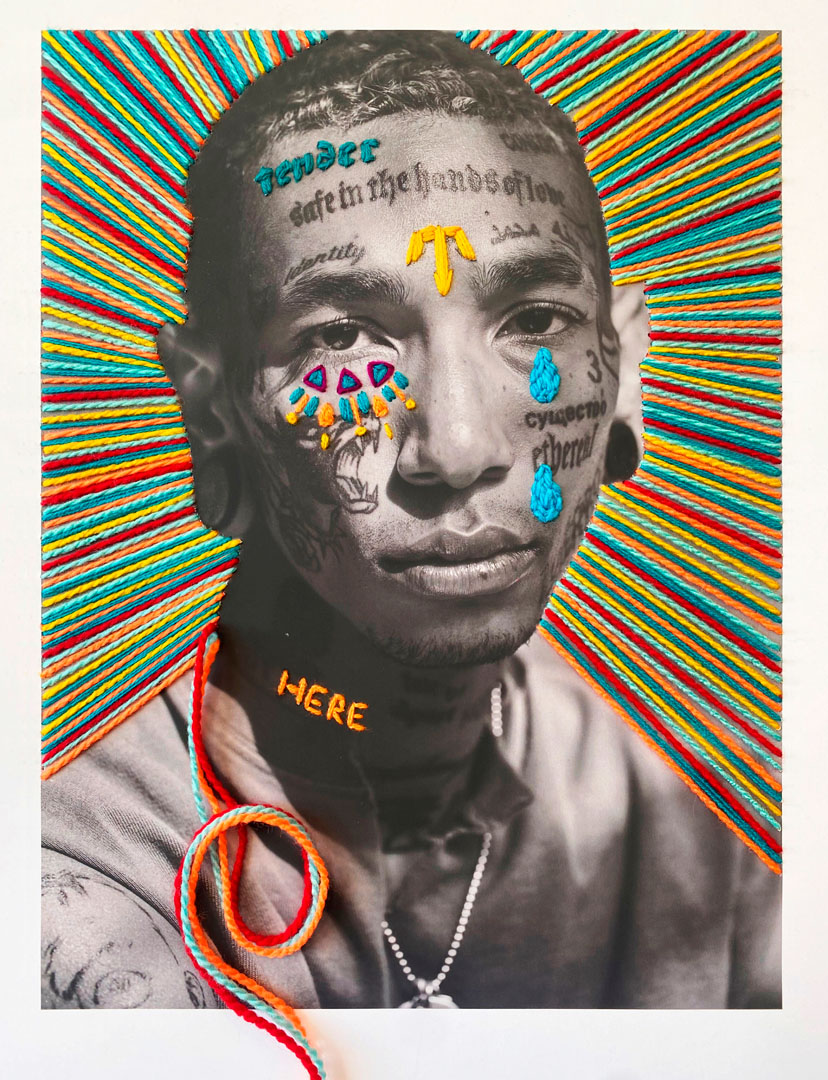
A Quiet Roar is a powerful portrait series paying tribute to activists fighting for social, political, and economic change. The series features Black, Brown, Indigenous, LGBTQIA+, and Dreamer individuals whose journey into activism began as a necessity for survival.
The series is a collaboration between Australian photographer John Tsiavis and Mexican textile artist Victoria Villasana, who hand-weaves each portrait, adding texture and depth that celebrates the inner strength of each activist.
It includes inspiring individuals such as Josie, a young Indigenous woman whose arrest for sage-smudging at a Trump protest went viral; Chabe, an artist from Guadalajara whose work led to life-changing surgeries for Indigenous Mexican artisans; and Kevin, a climate justice advocate who sheds light on white dominance within activist organisations.
Bondi Beach Promenade Queen Elizabeth Dr Bondi Beach NSW 2026
American Bedroom – Barbara Peacock
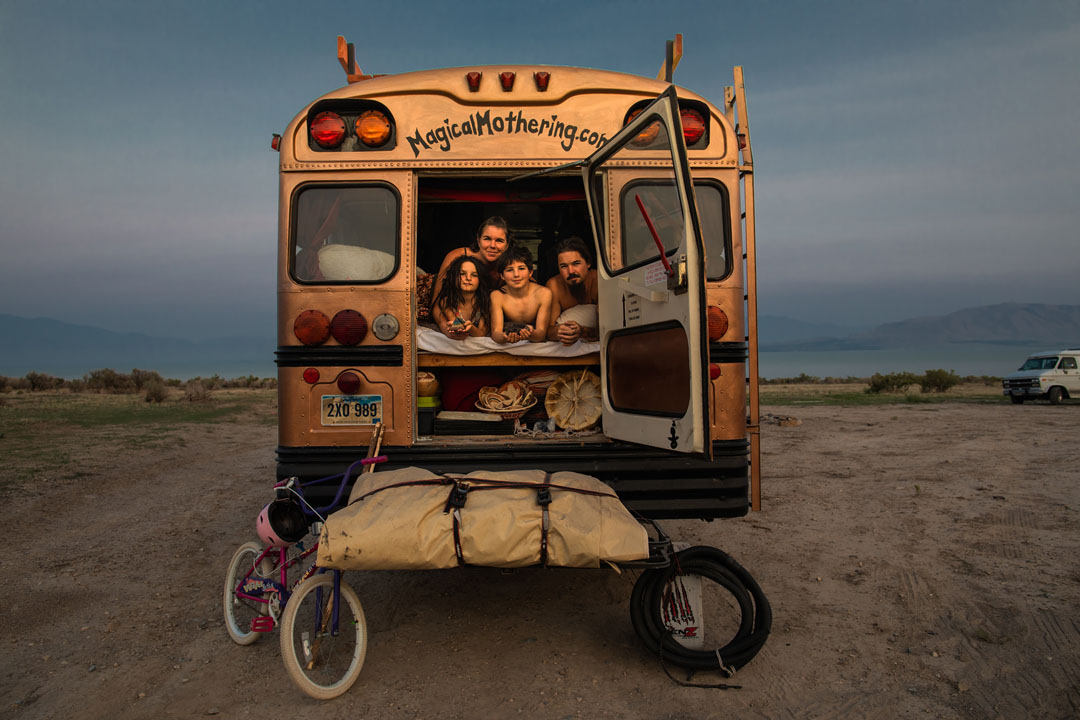
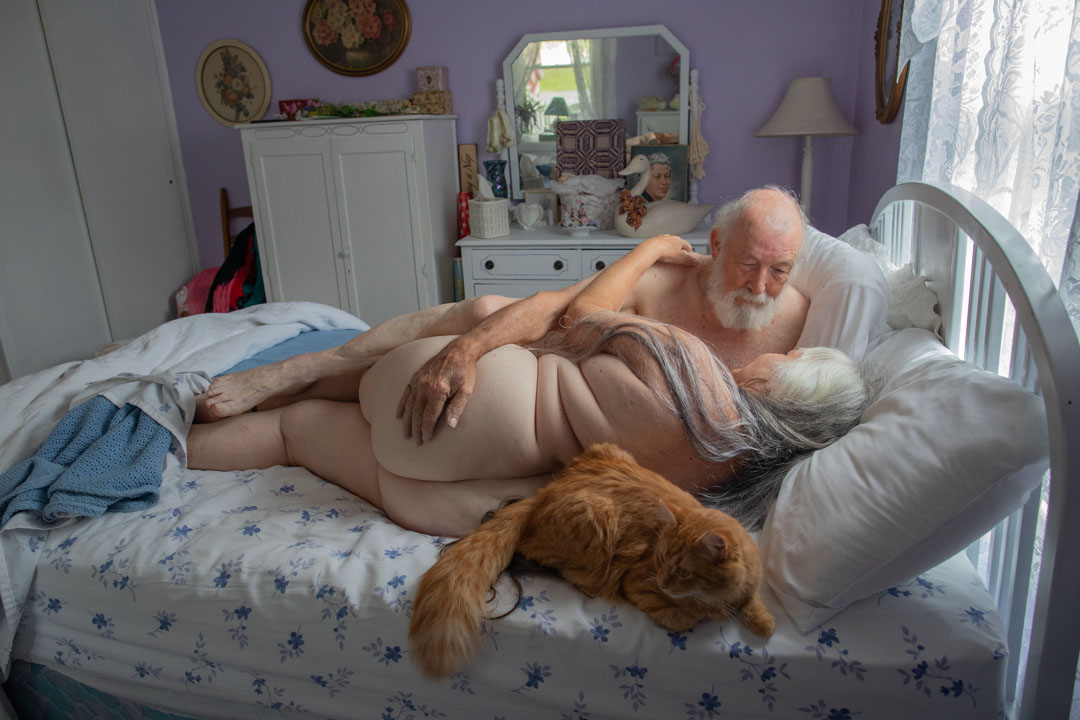
American Bedroom is a cultural and anthropological study of Americans in their private dwelling: the bedroom. The nature of the project is unguarded portraits of individuals, couples, and families that reveal the depth of their character, truth, and spirit. The images are paired with poetic and personal statements from each subject and are full of subtle details.
Since Peacock began this project in 2016, she has travelled to all 50 states and intends to cover the entire scope of the United States.
The Muse, TAFE NSW Ultimo 651 Harris Street, Ultimo NSW, Australia, Ultimo
The Human Fire – Antonio Denti
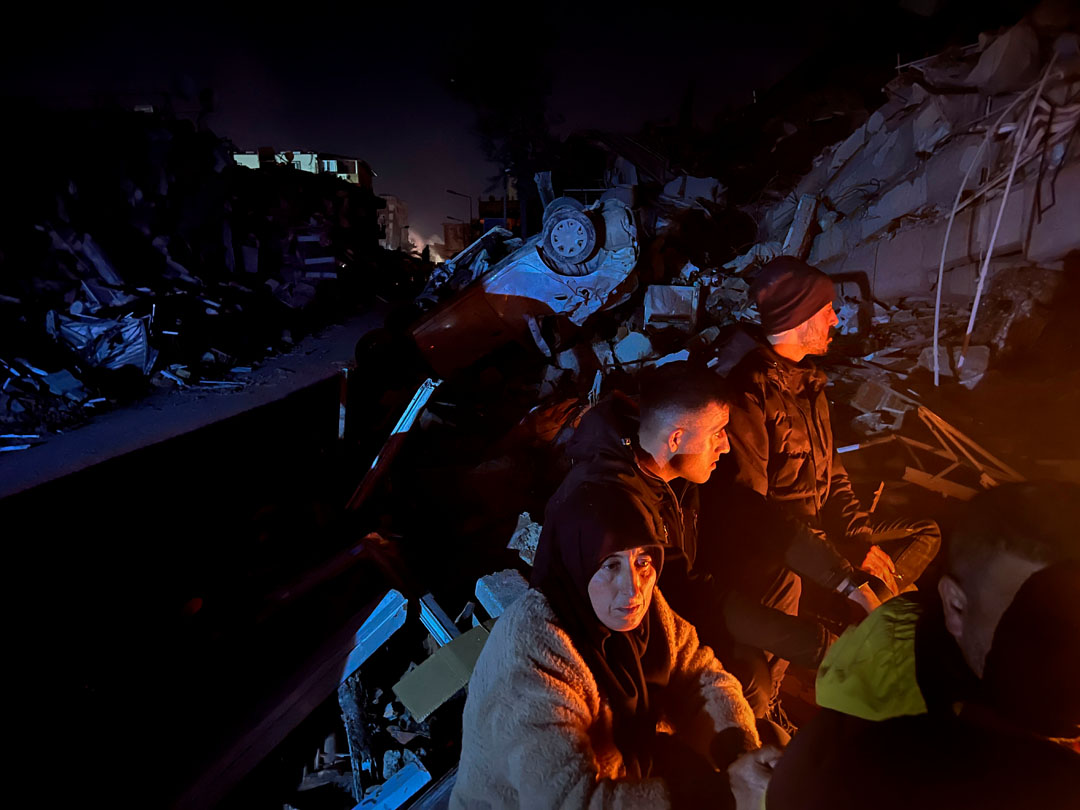
Halfway between hope and catastrophe, The Human Fire replicates a conversation between Denti and his 9-year-old son, Martino, after he returned from covering the catastrophic earthquake that struck Turkey.
“He is used to my travels, but this time, he hugged me insistently as if he knew the horrors I had seen. I knew I would have to speak to him, and it would not be easy. Showing him a few of my photos, he was struck by the night ones, in which humans huddled around fires in front of the rubble that had been their homes. Martino said it made him think of the primitive humans inventing fire. He had pointed to the essence.”
When all collapses, we turn to fire again for protection against the cold and the abyss of despair. Around those fires, fragile and indestructible, humans begin rebuilding.
The Muse, TAFE NSW Ultimo 651 Harris Street, Ultimo NSW, Australia, Ultimo
Stealing Beauty – Brent Lewin
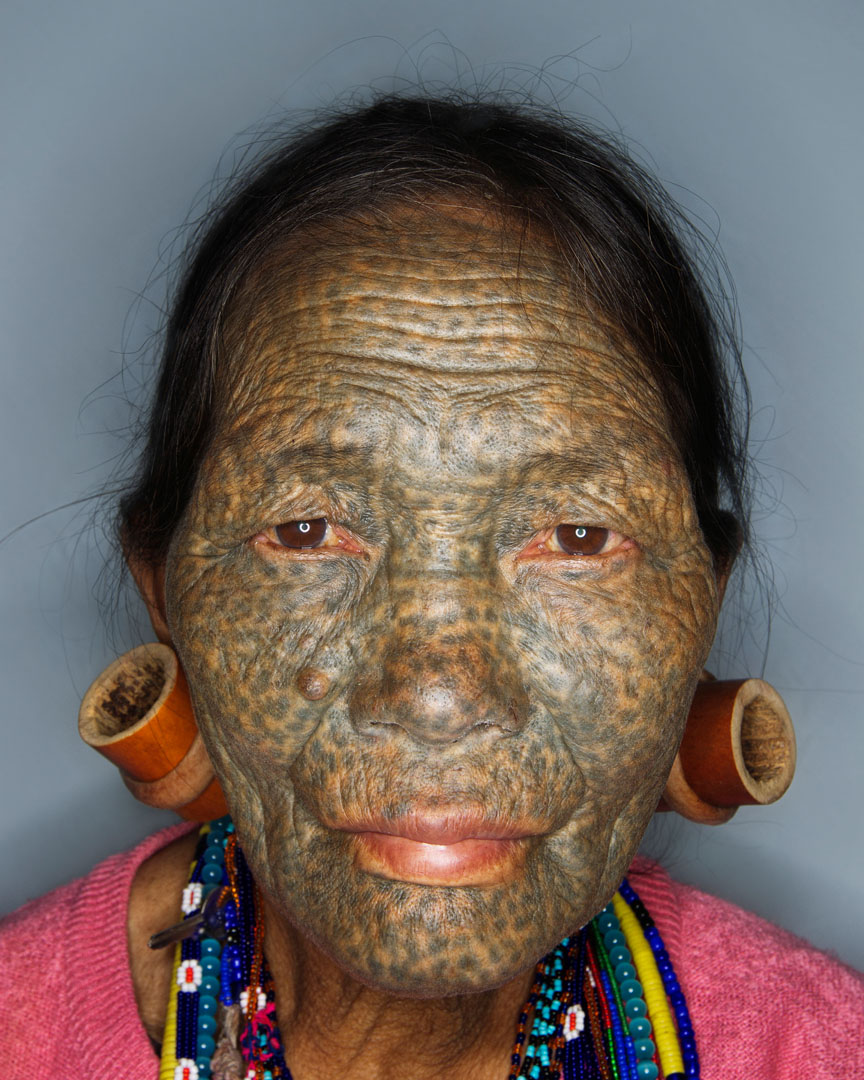
The Apatani and Chin are indigenous tribes living in India’s Arunachal Pradesh and Myanmar’s Chin States, respectively, and share a unique tradition of female facial tattooing and modification.
Both tribes trace the genesis of this practice to a defence against the kidnapping of their women. Apatani girls were forced to undergo facial tattooing and don bamboo nose plugs that stretched the skin out. Chin girls received unique facial tattoos to indicate which of the six sub-tribes they were part of. Although the tradition remains, its original connotations with ugliness have disappeared over the generations, instead becoming a representation of courage, beauty and strength.
Bondi Beach Promenade Queen Elizabeth Dr Bondi Beach NSW 2026
Of steel and dust – Chloe Sharrock

A cloud of dust in the aridity of a Baghdad suburb. The roar of a thousand engines. Black-clad silhouettes stand out on the horizon, a horde of shiny choppers. It’s the Iraqi Bikers and the Bond Brothers, Iraq’s only biker clubs. Born out of a shared desire to unite passionate bikers in an apolitical, secular space where everyone can be themselves against all opposing conventions.
Shias, Sunnis and Christians mix in these clubs, a rarity in a country plagued by ongoing fratricidal sectarian wars. With a total ban on conversing about politics and religion (a club rule, not one of Iraq’s laws – it’s how the bikers maintain an apolitical and secular space within the club despite having members from different religious and social backgrounds), there is still a long way to go before their conservative society fully accepts them. The recent craze for this lifestyle signifies a willingness to embrace different forms of culture and could be a shift that redefines modern Iraqi society.
Bondi Beach Promenade Queen Elizabeth Dr Bondi Beach NSW 2026
Cage. Behind a life with anorexia – David Arribas
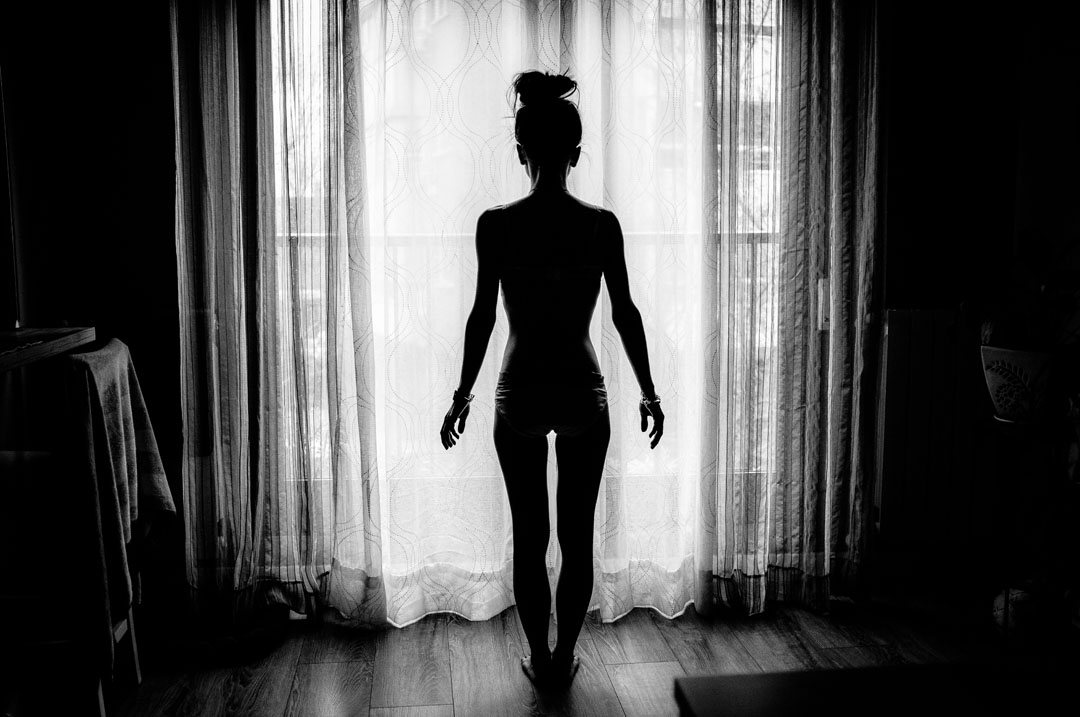
Anorexia is a mental illness where the person feels an acute fear of gaining weight, presenting abnormal behaviours regarding diet, weight, volume and body silhouette. This results in a distorted view of reality in which prolonged fasting produces other derived pathologies such as osteopenia, epilepsy, jaundice, depression, anxiety, and sometimes aggressive behaviour.
According to Red Cross reports, 1 out of every 100 women (the vast majority being teenagers) suffer from anorexia. Extreme cases become a chronic disease, causing work, social and family dysfunctions. During the period of illness and the recovery process, both those affected and those around them suffer intensely.
The family plays a critical role in the prevention of eating disorders. Therefore, we need more information on the disease, the development of strategies for action and greater public awareness.
The Muse, TAFE NSW Ultimo 651 Harris Street, Ultimo NSW, Australia, Ultimo
Sublation: 10 years of music’s underground from Melbourne and beyond – Jamie Wdziekonski
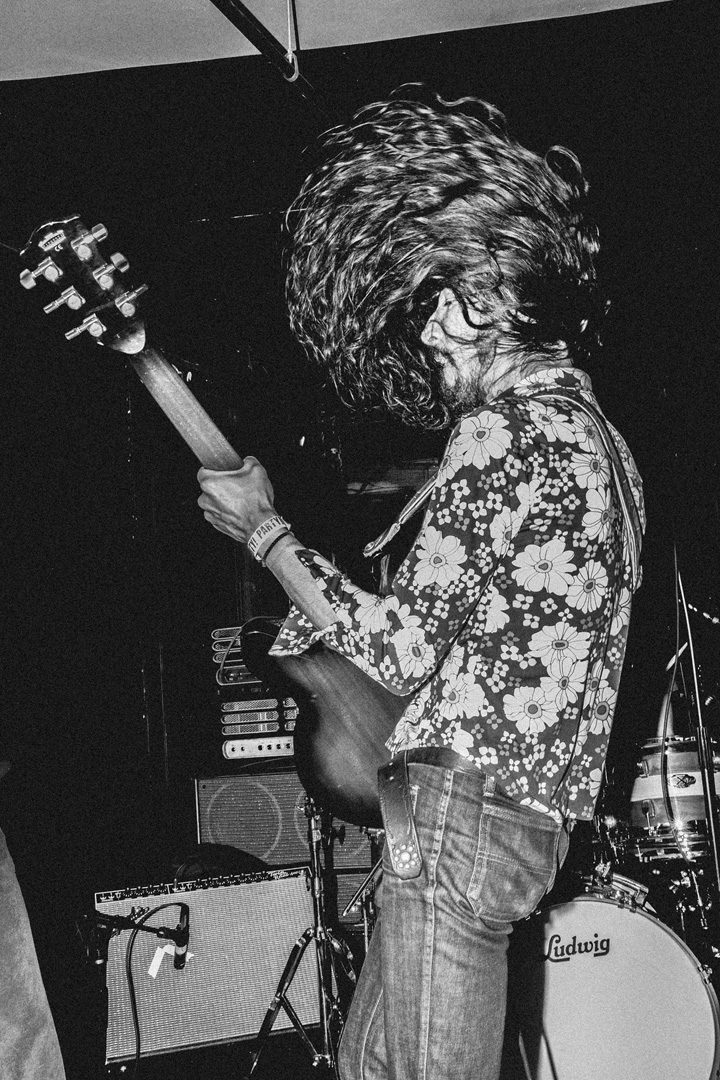
Jamie Wdziekonski’s photographs of the underground music scenes in Melbourne and beyond capture the essence of their DIY spirit. He doesn’t overthink his shots. Instead, he’s observant. He waits, finger half-pressed on the shutter and ready, as he describes it, “Take photos of the singer, yes, but also the drummer, the bass player, the bloody tuba player, the crowd, the security interaction. The venue. All of it!”
What sets his work apart is his close connection to his subjects. He’s spent ten years attending small gigs, getting a spot up the front, meeting bands and building trust. Working under the name Sublation (inspired by the title of a Brian Jonestown album, Aufheben – and meaning to abolish something as well as to preserve and transcend it), he documents artists working outside of the industry machine – starting their own labels and self-releasing music. Jamie’s photos capture that magic thing about music that attracted the artists and audiences to it in the first place – an energy and transcendence that’s hard to put into words.
Delmar Gallery, 144 Victoria St, Ashfield NSW 2131
The Lonka Project
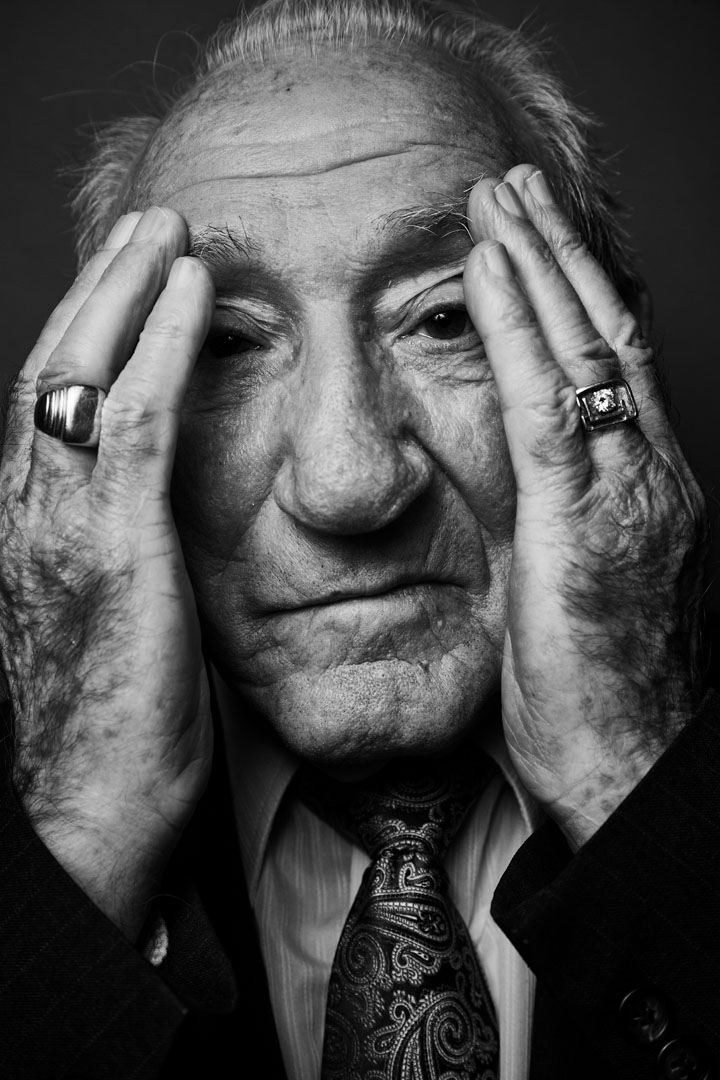
When Holocaust survivor Dr Eleonora ‘Lonka’ Nass died, her daughter Rina realised she knew very little of her mother’s experience of the Nazi concentration camps. In 2019, Rina and her husband, Jim Hollander, decided to launch this project to document Holocaust survivors’ stories and asked fellow professional photographers worldwide to create portraits of survivors.
320 photographers in 35 countries each contributed portraits of a diverse group of Holocaust survivors, the last among us who will soon be unable to share their experiences in the first person.
The Lonka Project is an ongoing photo exhibit consisting of some 455 individual portraits.
Bondi Beach Promenade Queen Elizabeth Dr Bondi Beach NSW 2026
In Margins – Margaret Dean
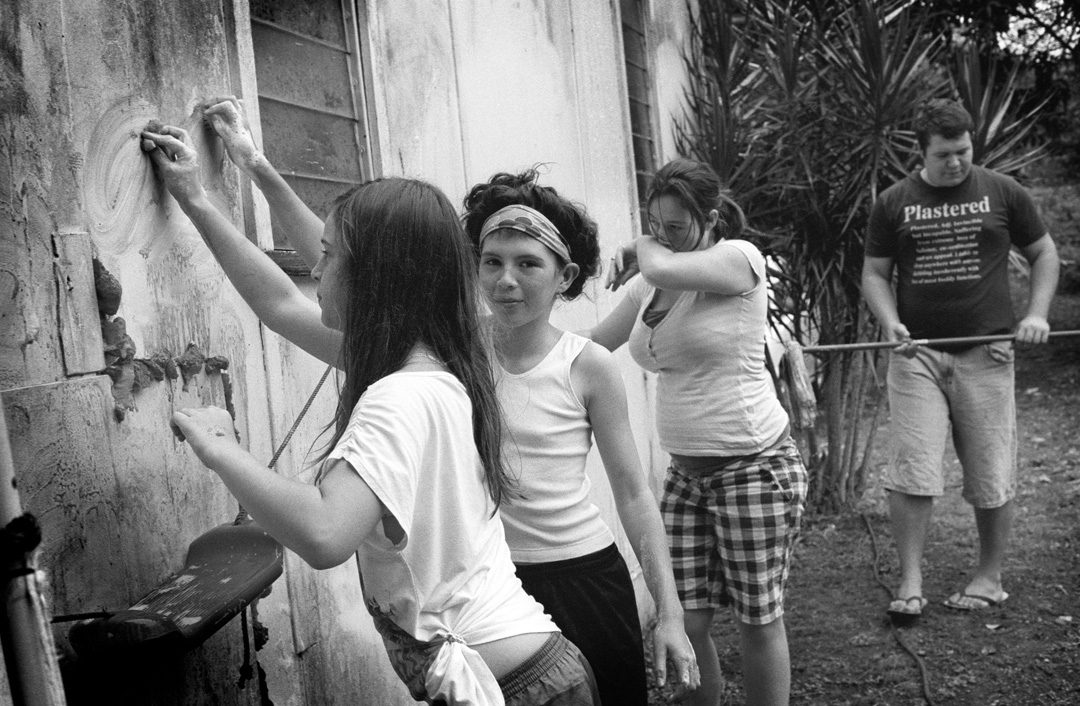
“From 2004 to 2012, I rented a dilapidated fibro house in Bangalow – a rapidly gentrifying town. The house stood alone on the edge of town, bordered by sporting fields and a paddock. The yard was dark, heavily shielded by large old trees and shrubs. One community Easter Egg hunt map listed it as the Witch House.
We were of the town but separate from it. I was a single mother raising a neurodiverse family in poverty. Looking back, these images represent the margins we have lived in: on the edge of town, under the poverty line, and on the fringes of society. The backyard that shielded our personal space and the empty spaces that separated us from the community were physical representations of our intangible differences.
But these are also poignant images of erasure. After we were pushed out by rising rent in 2012, this house was demolished, and the trees were felled. Two modern upmarket residences were built in its stead, as this too became gentrified.”
Bondi Beach Promenade Queen Elizabeth Dr Bondi Beach NSW 2026
Grown, Syncope, Epiphany– Seb Agnew
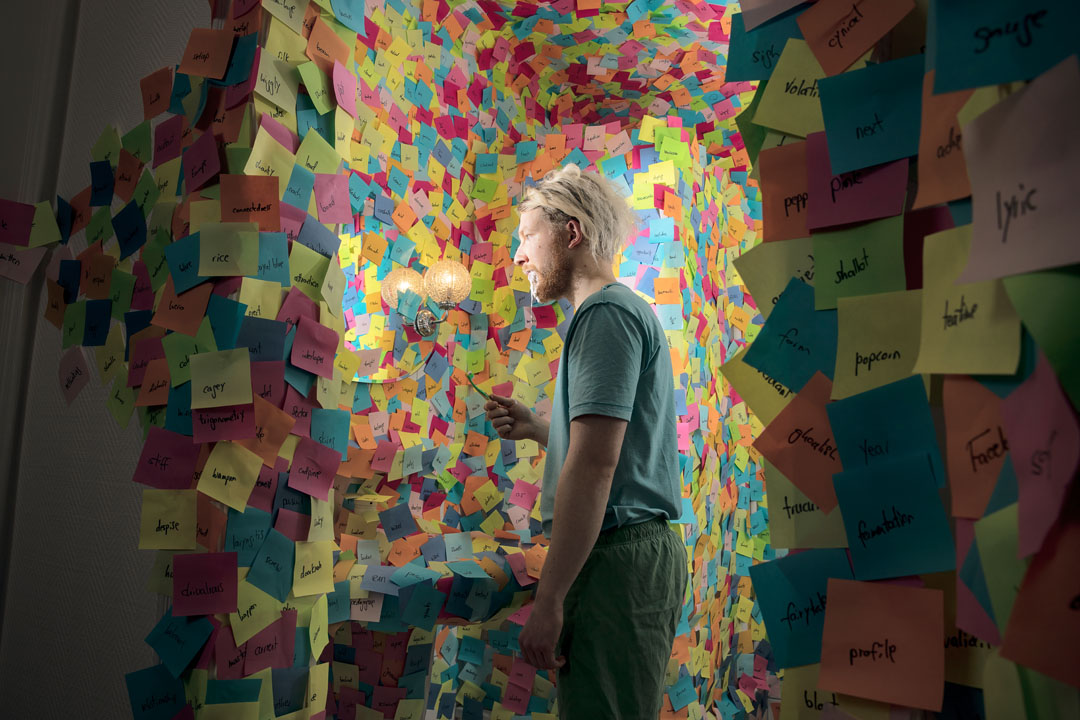
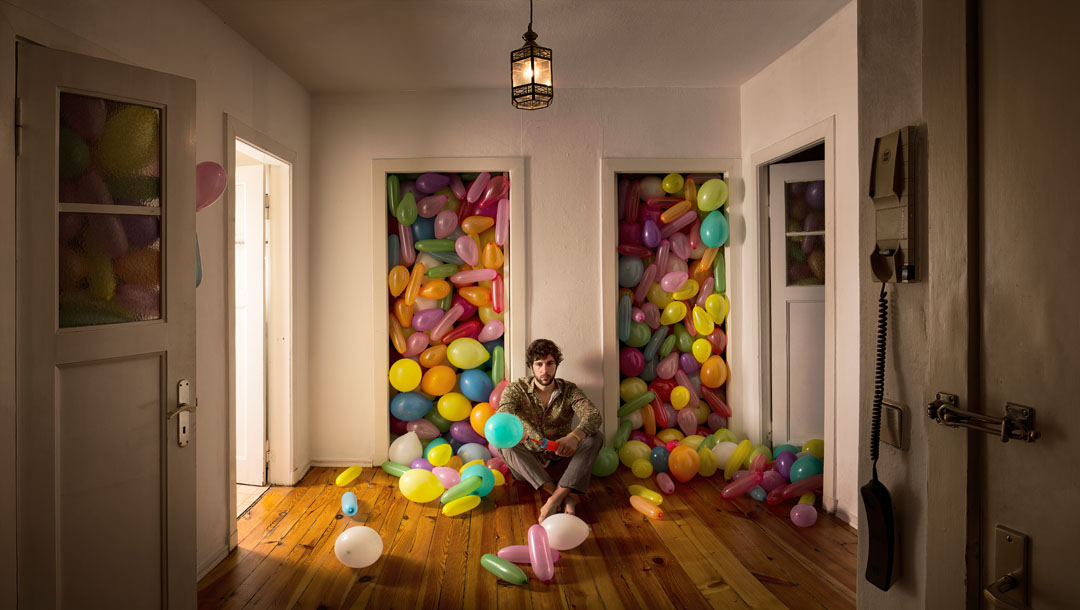
As an ongoing body of work, the three series Grown, Syncope and Epiphany deal with different facets of human self-reflection:
Grown (2016–2017) examines the boundary between childhood and adulthood – if there is any. Each picture depicts physically grown individuals within a moment of sudden subconscious, almost apathetic, reflection. Typical childhood objects enhance the allegorical character of every image.
Syncope (2017–2022), the medical term for ‘fainting’ or ‘passing out’, examines the feeling of being disoriented and puts it into the context of our modern everyday life. Again and again, we lose track of what is happening around us – and when we concentrate the most, we often find ourselves thinking about nothing at all. This metaphorical temporary loss of consciousness and orientation has become a daily companion for many people in our fast-paced and complex society.
Epiphany (since 2017) contrasts this deep-reaching feeling of disorientation and helplessness with moments of sudden clarity and personal revelations. In an era full of challenges, individual and global change appear to be inevitable.
Euroka Reserve, 90A Ocean St, Woollahra NSW 2025
ctrl+r – Toma Gerzha
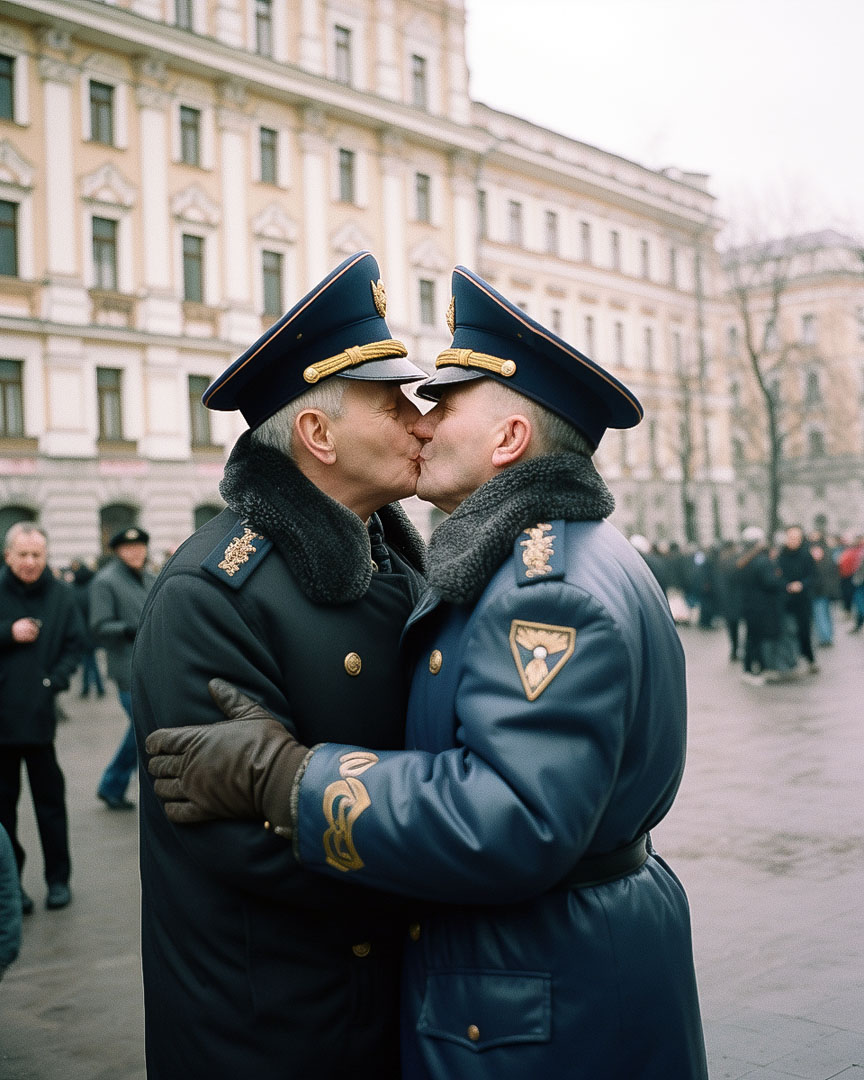
Generation Z was born between 2000 and the present day. It is the first generation raised in the post-Soviet space and a digital environment. From an early age, they have used smartphones and cannot imagine a world without the internet.
In large cities such as Kyiv, Moscow, and Minsk, people have started to talk about new ethics, cancel culture, and gender-neutral words.
In small towns, no one is interested in this. People here have other issues: they focus on survival, including the youngest generation. Zoomers here are not as affected by smartphones and the internet.
Ideals in such cities are, therefore, built on the experience of previous generations rather than by the rapid digitalisation of information. The main goal for young people here is to move to a bigger city, whether that means through study, work or luck. For some of them, this path is successful, but most go back or try to build their future following the example of their parents in their hometown.
Delmar Gallery, 144 Victoria St, Ashfield NSW 2131
The Australian Ocean – Craig Parry
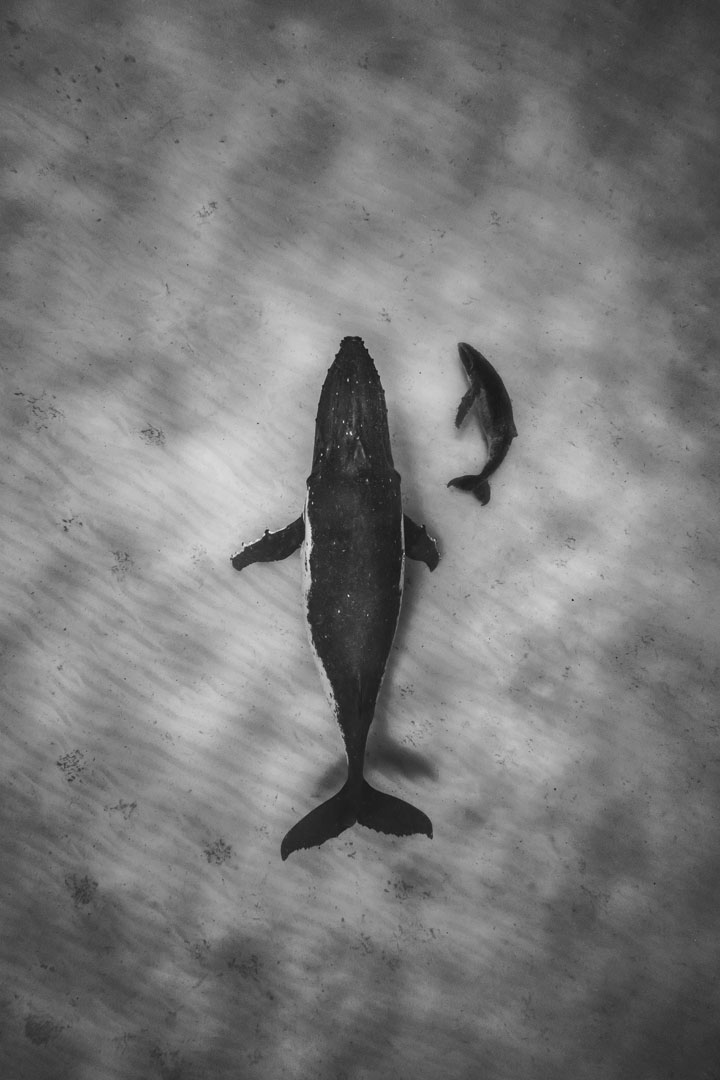
The Australian Ocean is a collection of work spanning the past decade and speaks of Parry’s hopes to inspire and encourage a connection to nature through photography. He believes animal portraiture is significant for conservation as it enables people to understand and appreciate their unique beauty, characteristics and behaviour. By raising awareness about the importance of biodiversity and the need to protect endangered species, their habitat, and ecosystems, animal portraits serve as a powerful tool for environmental education, advocacy, research and field studies. Inspiring people to take action in favour of better environmental policy.
Overall, it is vital in increasing public interest, fostering empathy and promoting responsibility towards the natural world.
Bondi Beach Promenade Queen Elizabeth Dr Bondi Beach NSW 2026
Click here to visit the Head On Photo Festival website





Be First to Comment